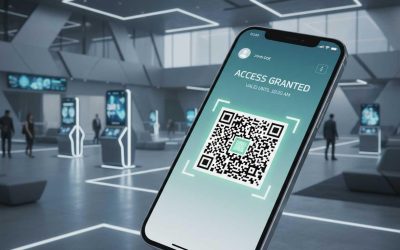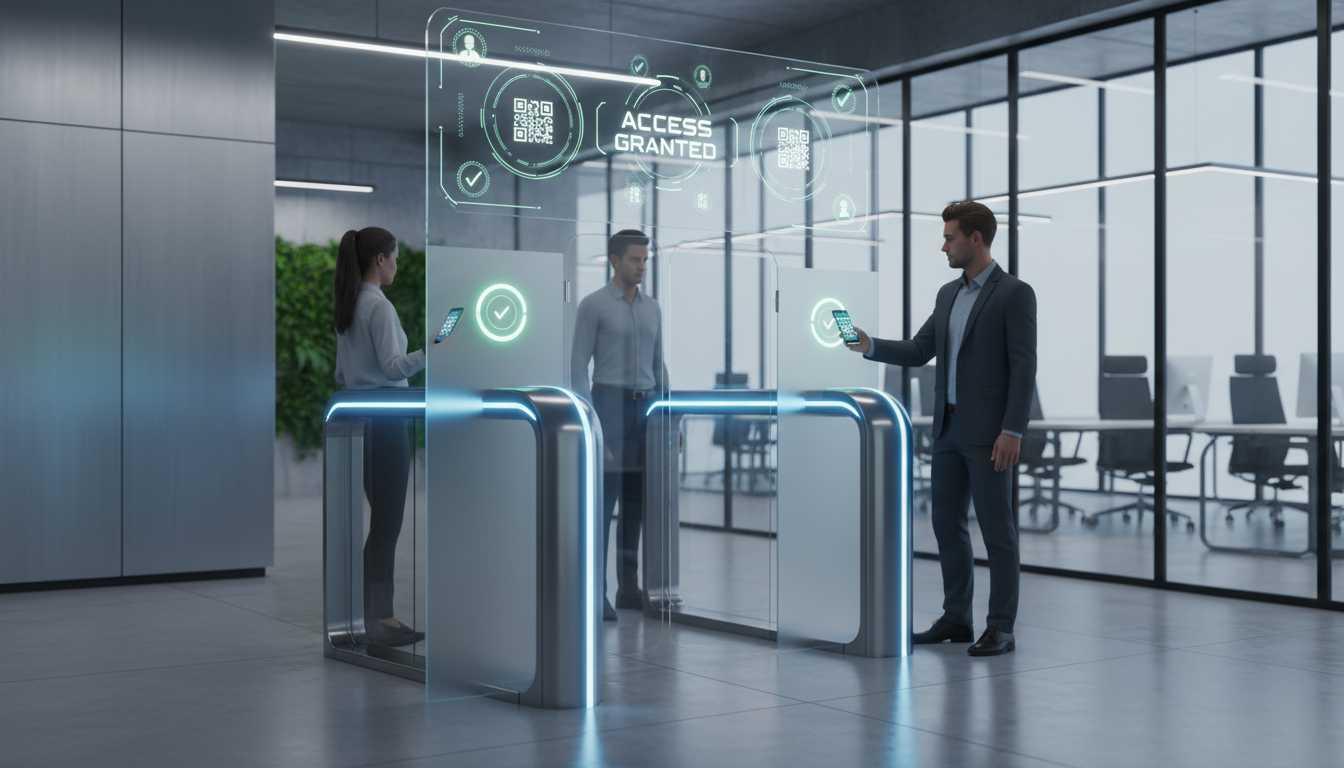
Over the past two decades, workplace security has undergone a massive transformation. Traditional security systems relied heavily on physical ID cards, keys, and manual verification processes. While these systems offered basic control over who could enter or exit a facility, they were often slow, inefficient, and prone to breaches through lost or duplicated passes. As technology evolved, organizations began adopting digital methods such as RFID and biometric systems, which improved efficiency but often required costly hardware and complex integration processes.
The rise of mobile technology has paved the way for a new generation of access control — one that leverages QR codes. These machine-readable patterns are quick to generate, easy to scan, and nearly impossible to counterfeit when paired with secure software validation. QR codes have made it possible for employees, visitors, and contractors to access specific areas using their smartphones, eliminating the need for physical badges or printed passes. This shift not only improves security but also supports a more seamless and contactless workplace experience.
QR-based access systems have become especially appealing in a post-pandemic environment, where hygiene and remote control have taken precedence. The combination of cloud-based management, real-time analytics, and user-specific authentication means that security administrators can grant or revoke access with just a few clicks. In essence, the evolution from physical passes to QR codes marks a major step forward in both convenience and security for the modern workplace.
How QR Code Passes Work in Modern Offices
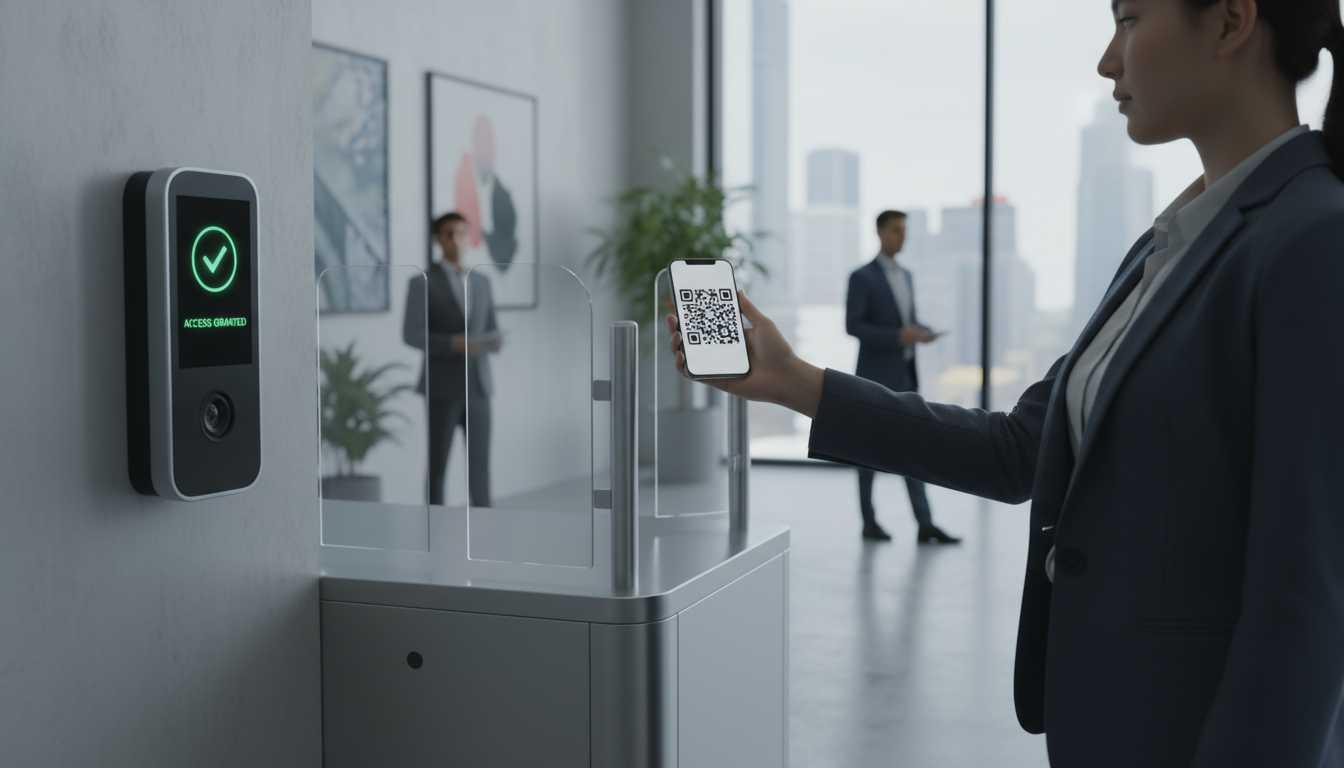
QR code passes function as digital credentials that can be scanned to verify a person’s identity and access level. When a company adopts a QR-based security system, each employee or visitor receives a unique code — usually through email, an app, or a secure web portal. These QR codes can contain encrypted data such as employee ID, access permissions, and expiration times. Upon arrival, the user presents their smartphone to a scanner, which validates the QR code against a centralized database. If approved, access is instantly granted without the need for manual checking or physical passes.
What makes QR code systems especially versatile is their ability to integrate seamlessly with other digital tools and software platforms. For example, QR passes can be synchronized with HR management systems, visitor management software, and even scheduling tools. This allows organizations to automate access based on employee shifts, visitor appointments, or meeting schedules. The codes can also be customized to restrict certain individuals to specific areas, ensuring a high level of access control.
In addition, QR code passes support a variety of authentication enhancements. Some systems include multi-factor verification, requiring users to confirm their identity via fingerprint or facial recognition before generating a QR code. This ensures that even if a code is shared or stolen, it cannot be used without proper authentication. As a result, QR-based systems combine convenience with robust digital security, significantly reducing the risk of unauthorized access.
Advantages of Using QR Code Passes for Workplace Security
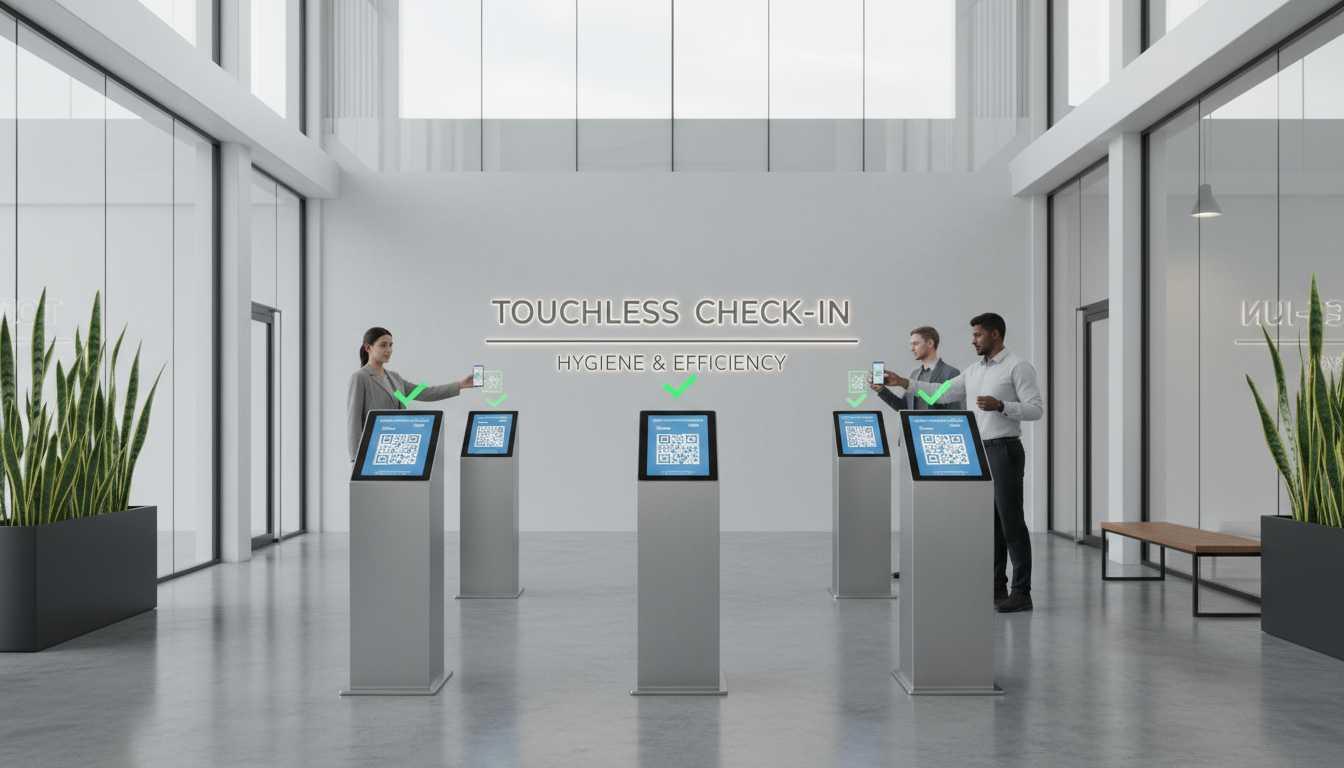
One of the most significant advantages of QR code passes is cost efficiency. Unlike traditional badge systems that require plastic cards, printers, and specialized equipment, QR codes can be created digitally with minimal expense. They can be distributed instantly via email or mobile apps, eliminating printing and logistical costs. For startups and large enterprises alike, this makes QR systems an attractive and scalable option for modern security infrastructure.
Another major benefit is flexibility. QR passes can be updated or revoked remotely, allowing administrators to manage access in real-time. If an employee leaves the company or a visitor overstays their access period, the security team can deactivate their code with a single command. This eliminates the lag time associated with collecting physical badges or changing locks, providing a dynamic and adaptable approach to access control.
Additionally, QR code passes enhance workplace hygiene and convenience. Employees no longer need to touch shared surfaces like keypads or ID card readers. The contactless nature of QR scanning aligns perfectly with the growing emphasis on health and safety standards. Combined with advanced encryption and audit tracking, QR passes also provide a digital trail of all entries and exits, supporting compliance, safety, and accountability across the organization.
Integration of QR Code Passes with Smart Workplace Ecosystems
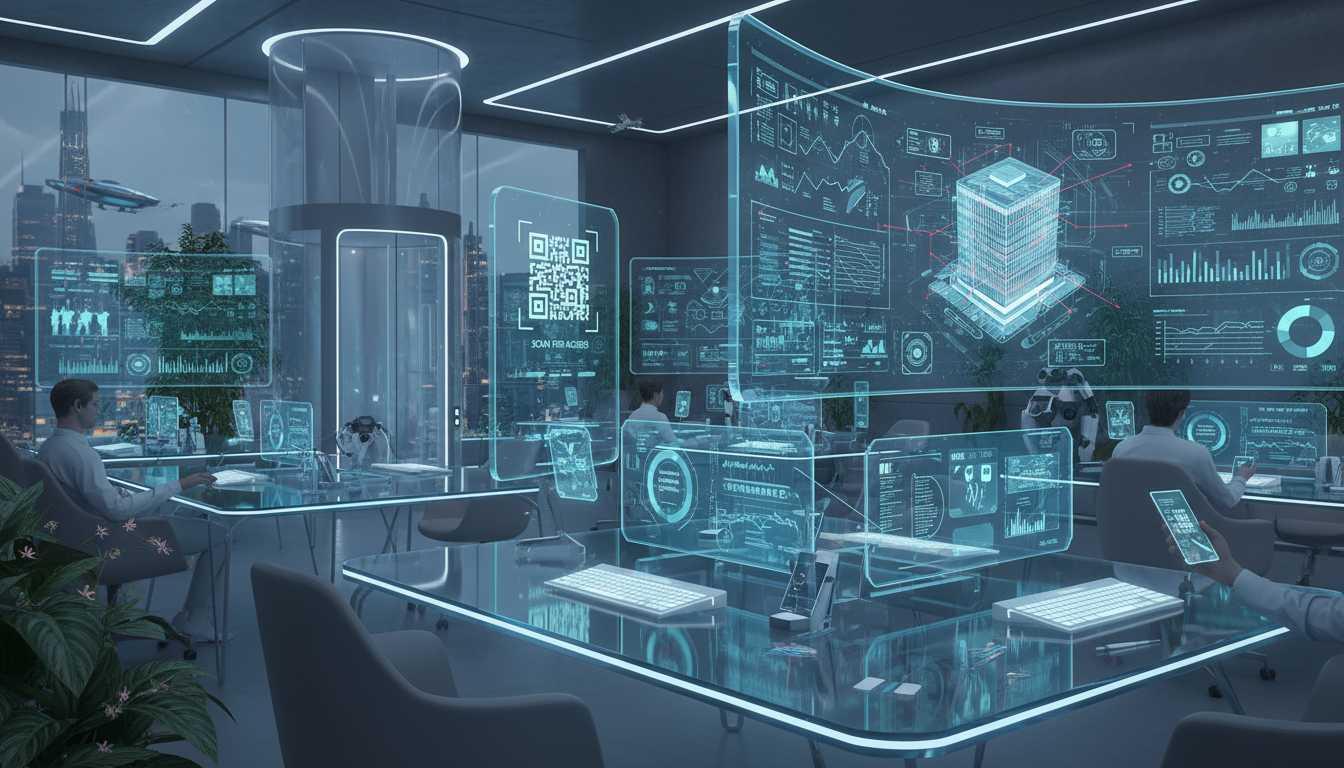
In the era of smart offices, QR code passes serve as an integral part of connected workplace ecosystems. These systems are not limited to doors and gates — they interact with lighting, climate control, meeting rooms, and even cafeteria systems. For instance, an employee’s QR code can grant access to specific zones, automatically adjust desk lighting, or log attendance in a meeting room. This integration fosters an efficient, data-driven environment where access management aligns with broader operational goals.
QR code systems can also work hand-in-hand with IoT devices and AI-powered security analytics. When combined with surveillance systems, QR access data can help identify unusual patterns — such as unauthorized entry attempts or suspicious movement — and alert security teams in real time. Moreover, integrating QR systems with HR and scheduling software can streamline onboarding and offboarding processes. New employees can receive their digital passes automatically on their first day, while former staff can have theirs deactivated immediately upon exit.
This level of automation not only enhances security but also minimizes administrative workload. By linking QR access to cloud-based platforms, companies can monitor security from anywhere and at any time. This ensures scalability and flexibility, enabling organizations to expand seamlessly as their workforce and facilities grow. QR code integration is no longer just about convenience — it’s a strategic asset for digital transformation and operational excellence.
The Future of Workplace Security and QR Code Innovation

As technology continues to evolve, QR code passes are poised to become even more sophisticated and secure. Emerging trends such as blockchain authentication, dynamic QR codes, and AI-enhanced validation are pushing the boundaries of what digital access can achieve. Dynamic QR codes, for example, change periodically, preventing screenshot replication and ensuring that every scan is verified in real-time. Blockchain can add an immutable layer of verification, making it virtually impossible for QR credentials to be tampered with.
In the near future, QR passes will likely be part of a broader hybrid security model that combines biometrics, mobile apps, and cloud-based identity management. Imagine entering an office where facial recognition instantly verifies your presence while your personalized QR code automatically syncs your access permissions across multiple devices. Such innovations will create a seamless, multi-layered security experience that blends user convenience with uncompromising protection.
Ultimately, QR code passes represent a crucial step toward the digital-first workplace. As organizations continue to prioritize mobility, efficiency, and sustainability, these systems offer a practical and forward-thinking solution to age-old security challenges. The integration of QR technology into everyday workplace operations signifies not just a shift in how we manage security — but a complete redefinition of how we experience the workplace itself.
RELATED POSTS
The Rise of Contactless Visitor Check-In Systems
Introduction: A Shift Toward Seamless Visitor Management In the past, traditional visitor check-ins relied heavily on manual processes, such as physical logbooks, reception desks, and paper-based identification. While these methods served their purpose for decades,...

